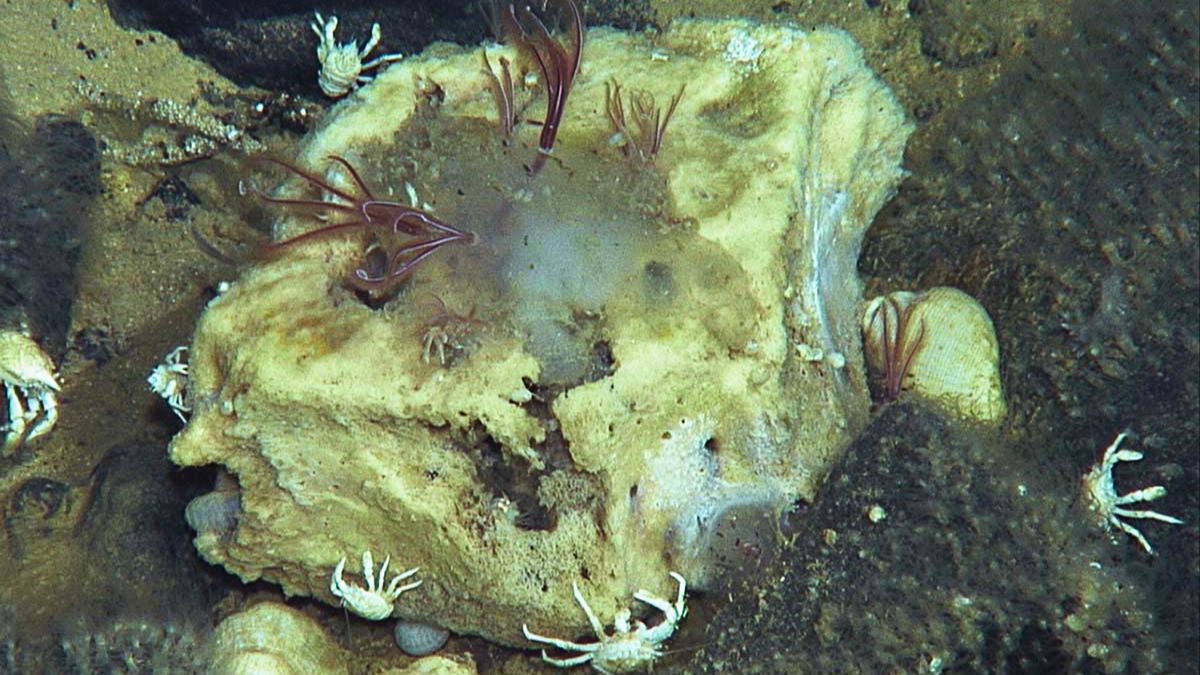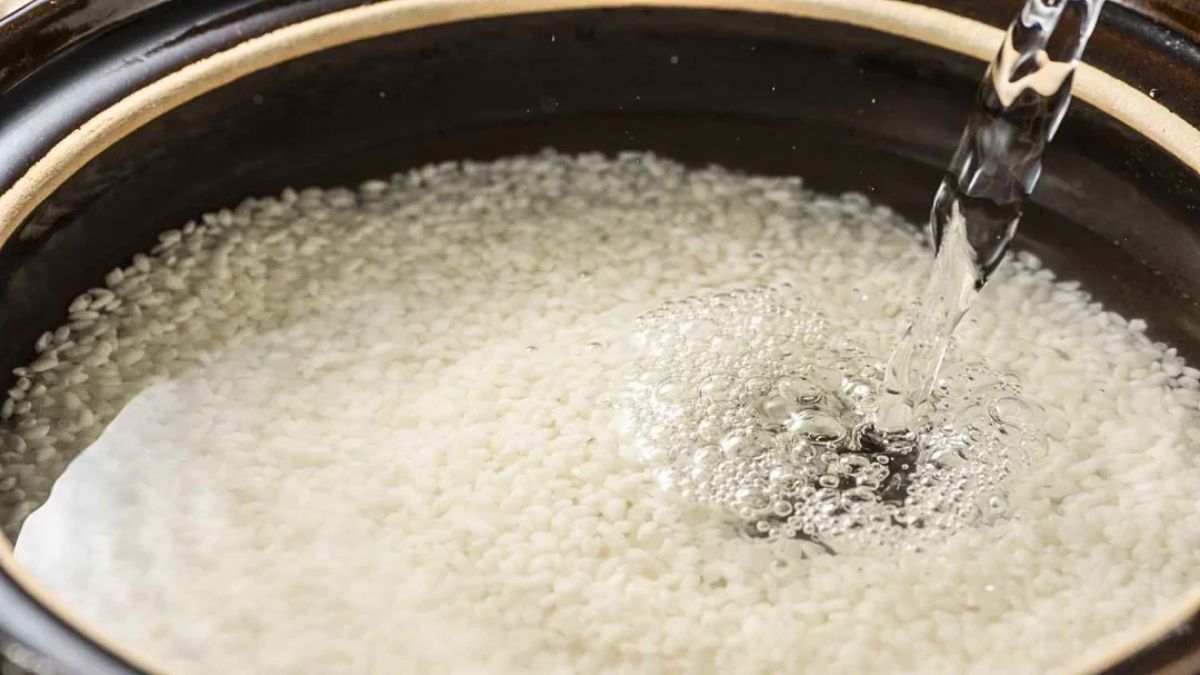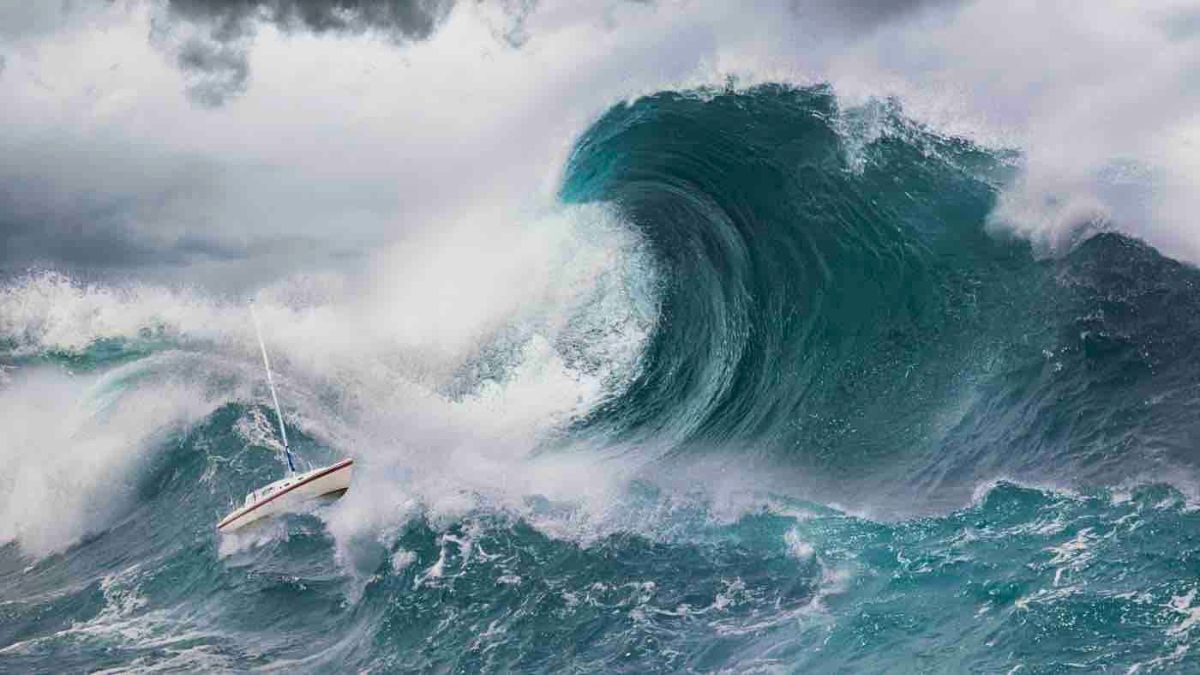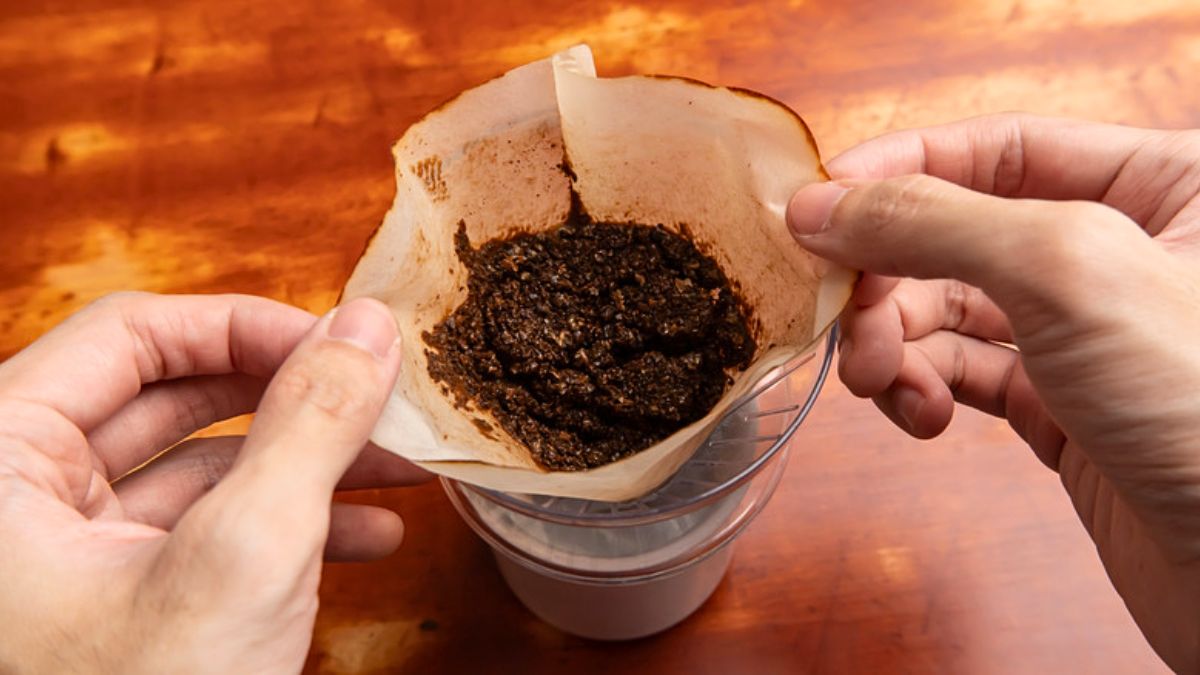Bone-eating worms? Yep, they’re real, and they’ve been lurking at the bottom of the ocean for over 100 million years. These strange little creatures, known as Osedax worms, don’t go after plants or leftover food like many other animals. Instead, they feast on massive bones—like those of whales or long-extinct sea reptiles.
They’re not a new discovery, but their story just got way more interesting thanks to a group of curious scientists. Let’s cut into this deep-sea mystery.
What They Do
Osedax worms live in the deep ocean, far from the sunlight and far from human eyes. When a huge creature, like a whale, dies and its body sinks to the sea floor, Osedax worms move in. But they don’t chew on meat. Instead, they burrow into the bones themselves.
They don’t have mouths or teeth. Instead, they use bacteria that live inside their bodies to absorb nutrients directly from the bones. It’s a quiet but powerful way to survive in one of the harshest environments on Earth.
How We Know
So how do we know they’ve been around for so long?
A team of scientists from University College London and the Natural History Museum in the UK decided to find out. They used high-tech tools like CT scans—kind of like what doctors use to look inside your body—to examine over 130 ancient marine fossils.
They were looking for tiny tunnels or holes in the bones. Why? Because modern Osedax worms leave these same burrows today. And guess what? They found them—on fossils dating back 100 million years, to the Cretaceous period.
Prehistoric Meals
Back then, there weren’t any whales. So what were these ancient worms feeding on?
They were snacking on the bones of giant marine reptiles like plesiosaurs, mosasaurs, and ichthyosaurs. The scientists discovered six fossils with bone damage that matched the marks Osedax worms make today. These holes gave away the worms’ presence, even though their soft bodies didn’t fossilize.
From those clues, researchers identified seven types of ichnospecies—species known only from the traces they leave behind, like burrows, tracks, or bite marks.
What It Means
What’s really fascinating is how little these worms have changed over millions of years. Some of the ancient bone tunnels look almost identical to modern ones. That means Osedax worms have been doing their thing, almost unchanged, since the time of the dinosaurs.
The team also checked out the surrounding rock to make sure the fossils were really that old. They confirmed that these worms were already thriving during the Cretaceous period.
What’s Next
Even with these exciting finds, scientists say there’s still more to learn. They think there are plenty more ancient bones waiting to be discovered—and many of them could have worm tunnels too.
Researchers also want to study living Osedax worms and examine their DNA. Comparing their genes to fossil data could help explain how they evolved and how many different types might exist. Some of the burrows may have been made by different species that just happened to dig in similar ways, a phenomenon called convergent evolution.
Sarah Jamison-Todd, one of the lead researchers, explained that understanding who made which tunnels could give us new insight into how marine ecosystems worked millions of years ago.
Deep Sea Secrets
Even though we don’t hear about them often, Osedax worms play an important role in the ocean. By breaking down bones, they help recycle nutrients and keep the deep-sea ecosystem running smoothly.
And now we know they’ve been doing it for over 100 million years.
This discovery proves that the ocean still has plenty of secrets. From mysterious creatures to ancient traces of life, there’s a whole hidden world down there waiting to be known.
FAQs
What do Osedax worms eat?
They feed on the bones of large sea animals like whales.
How long have Osedax worms existed?
They’ve been around for at least 100 million years.
How do Osedax worms get nutrients?
They use bacteria inside their bodies to absorb nutrients from bones.
What creatures did they feed on before whales?
They fed on marine reptiles like mosasaurs and plesiosaurs.
Can Osedax worms be seen today?
Yes, they still live in the deep sea and are studied by scientists.
























